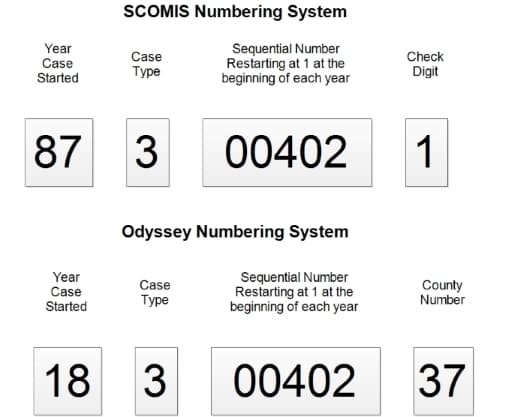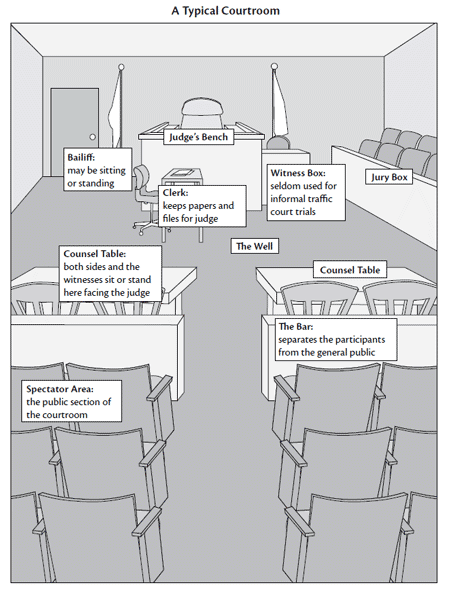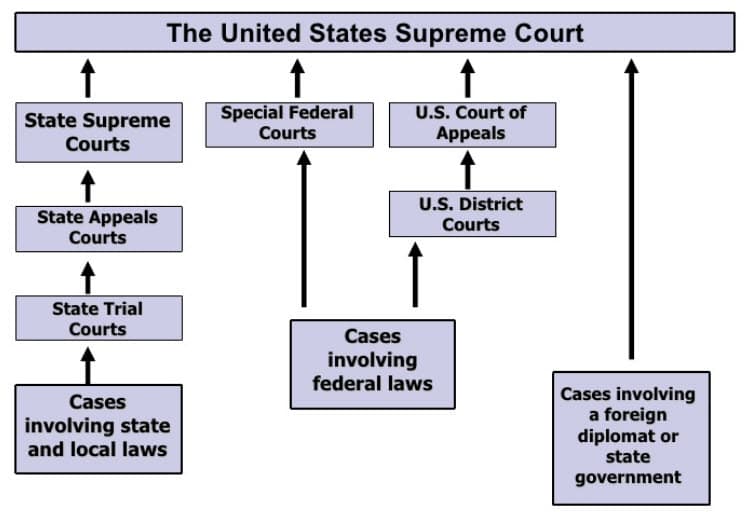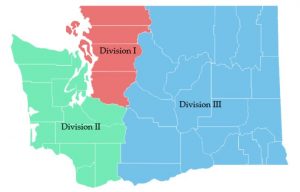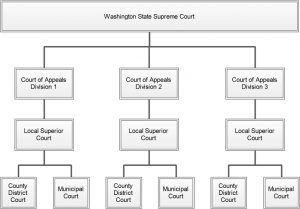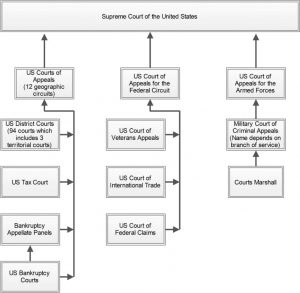Most service assignments are straight forward and accomplished easily by the third attempt. However, there are always a few which will try the skill of even the most accomplished process servers. Impersonation, which can take many forms, is a useful tool for any professional process server to have in his tool chest.
Impersonation simply means you are attempting to appear as someone you are not for the purpose of getting close to, and making identification of, the servee, also referred to as the target.
Generally, impersonation, which is also called pretexting, is not illegal for a process server to use to accomplish his assigned task. The basic limitations are found in RCW 9A.60.040 and 045. Briefly, impersonation is illegal if it is used with an intent to defraud another person or if the impersonation is that of a law enforcement officer or a veteran or an active duty member of the armed forces of the United States. It would also be unwise to impersonate an employee of another existing company, such as FedEx or UPS, as such companies may seek a civil remedy to the unauthorized use of their logos and the like.
With those cautions stated, there are innumerable disguises and pretexts available to an ingenious and imaginative process server. Keep in mind that many routines require extra effort and expense on your part. You should charge extra for using them but always get your client’s authorization before proceeding.
It is not unusual for someone avoiding process to simply not answer the door to anyone they don’t know or who looks in the least suspicious. Therefore, walking to the door with the service documents plainly visible certainly won’t work. Putting them in a back pocket or coat pocket hides them well enough but leaves your hands suspiciously empty. Using a clipboard or folding portfolio is an improvement but is still unlikely to help open the door.
Information is vital to a successful impersonation. For instance, noting that the person you are attempting to serve is in his late teens or early 20’s and that the address is near a college campus leads you to the conclusion that showing up with a pizza box in your hands might well entice the young avoider to open the door. When the door opens ask for any name but that of the person you are attempting to serve. Then verify the address. Then let on that you have a pizza for that address, that it is all paid for, and that someone might as well enjoy it. Then ask his name. Once you’ve made identification you can accomplish service.
Flowers or balloons, or both, will usually get most women to the door, especially around certain holidays such as Mother’s Day. Christmas packages can be “delivered” anytime after Thanksgiving. If you know the servee’s birthday, and it isn’t too far off, then birthday presents (in a brightly wrapped but empty box) will be the choice du jour.
A servee’s profession or employment can also be used to advantage. Making an appointment to see the servee works in a wide variety of situations. For instance, and to name only a few, making an appointment will often work if he is a doctor, attorney, real estate agent, accountant, mortgage broker, or car salesman. The list goes on and on.
The idea is to make identification, and be close enough to the servee to make a presentation of the documents, so that the court will consider the service valid.
Ethics
There has been discussion among professional process servers, see issues of the NAPPS Docket Sheet from 2005 and 2006, about the ethics surrounding the use of impersonation and pretexting. The general consensus was that if the servee is avoiding then any method used to effect service, so long as it does not involve committing a crime, is ethical.
Conclusion
Fortunately, the vast majority of service assignments do not require the use of impersonation or pretexting. However, in those situations where such tactics are needed it is a good idea to have clear in your mind what you can and can’t do in order to accomplish service.
This quiz is for logged in users only.


